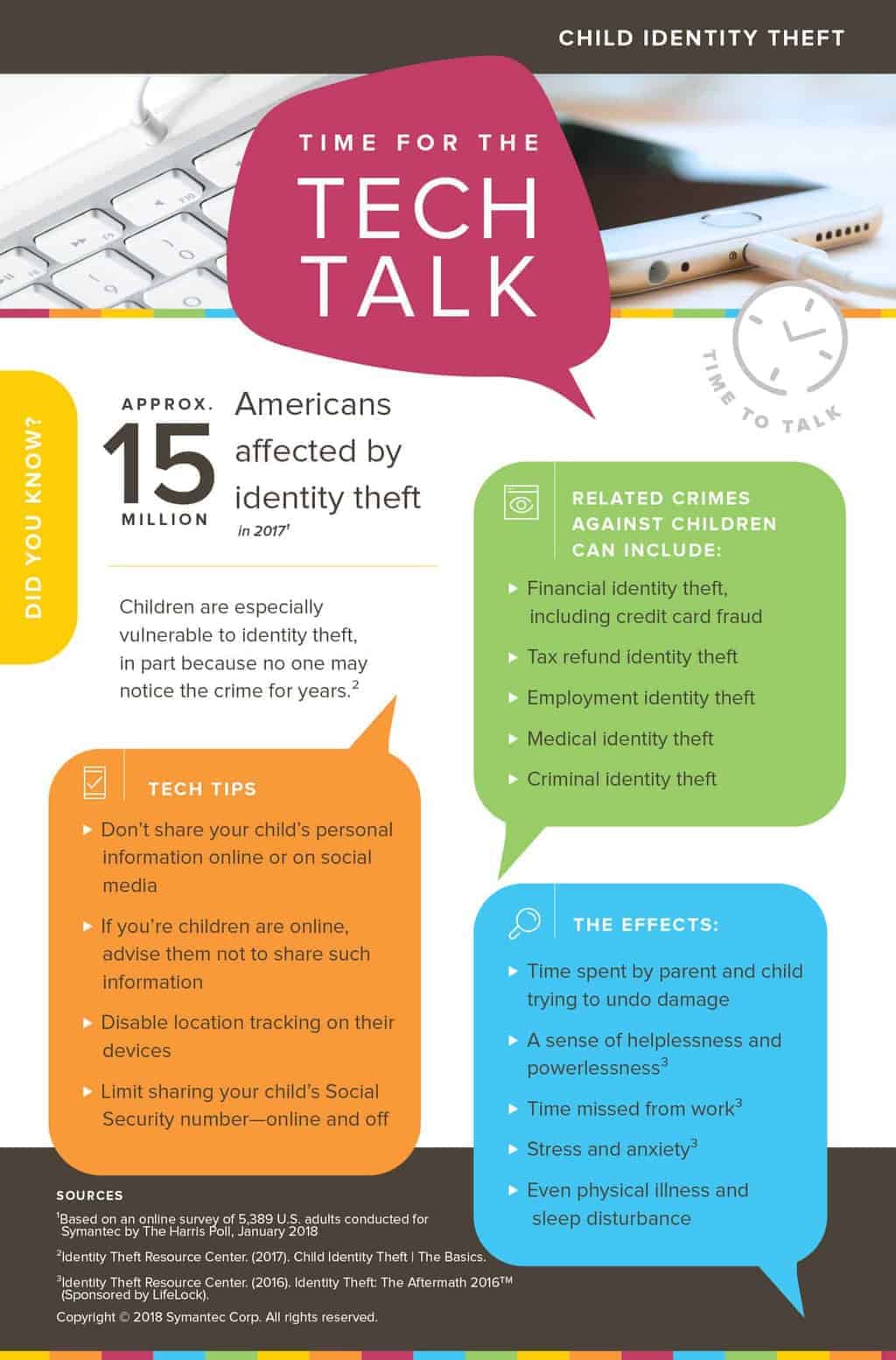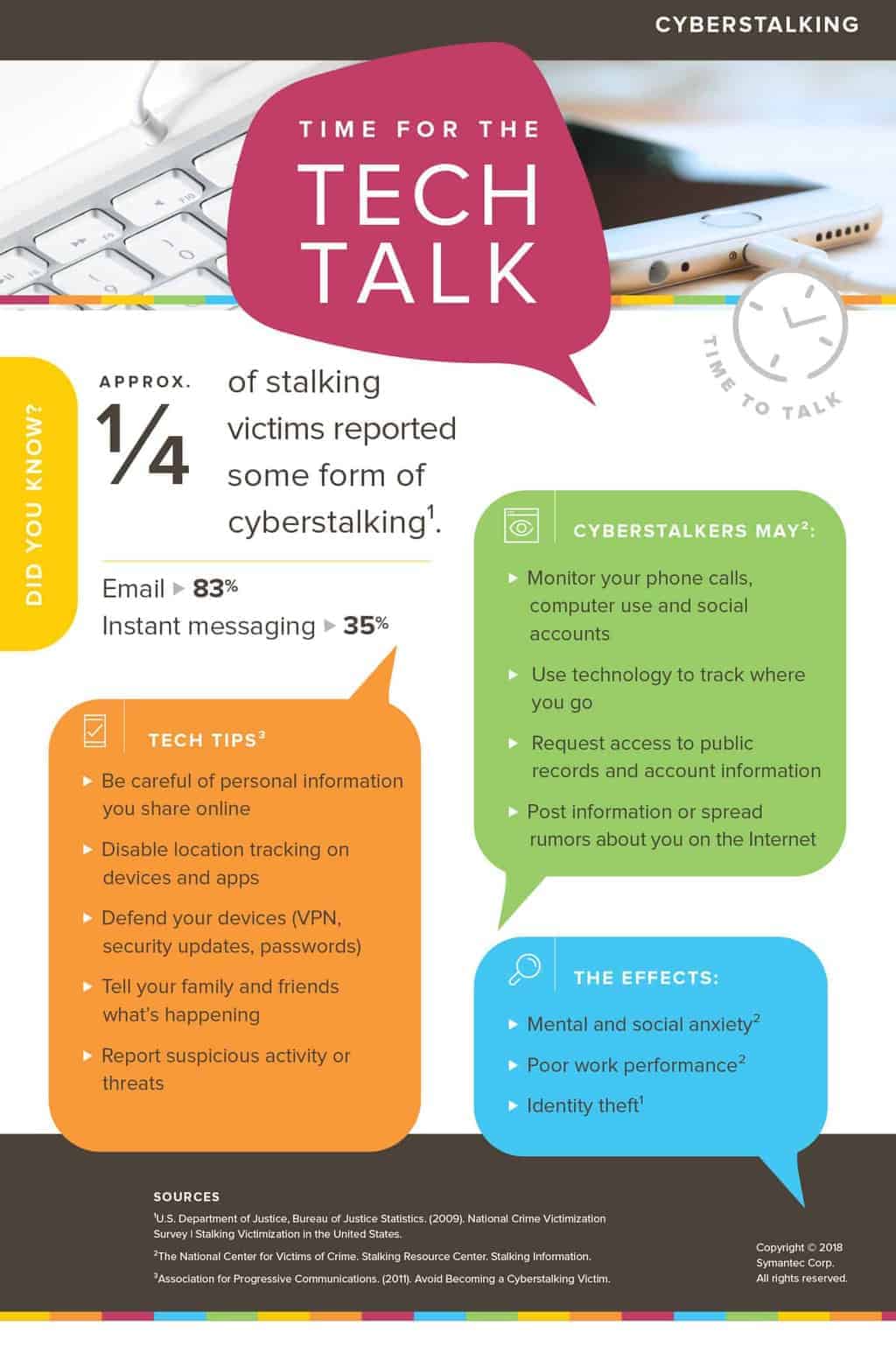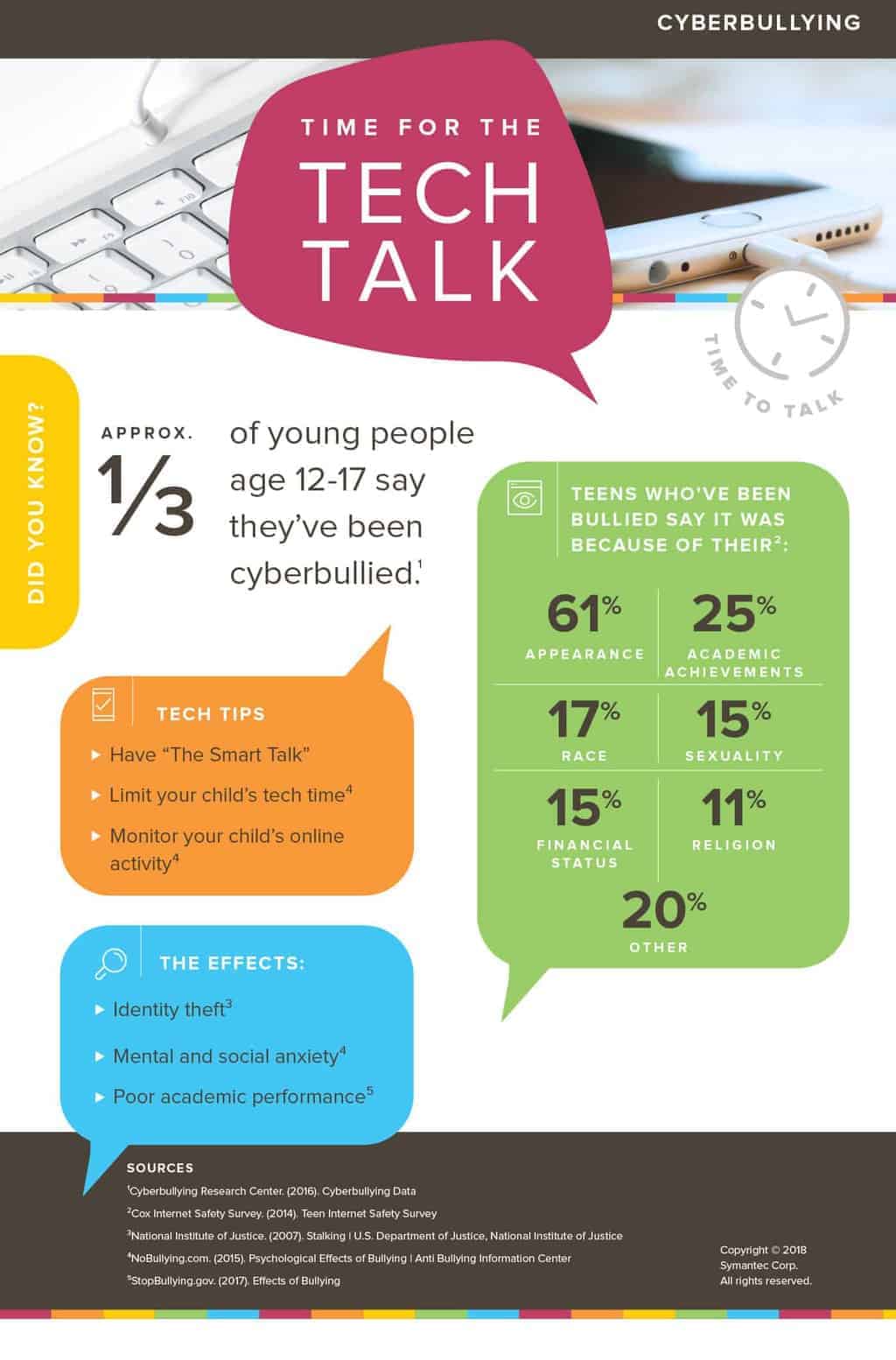It is no secret that children are curious. Even as infants, they tend to act on instincts of curiosity when exploring new things. In the spirit of discovery, interest doesn’t end there. As children grow into pre-teens and teenagers, they’re more exposed to an abundance of unfiltered technology that can act as a new world for them to explore. From laptops to smartphones, how children can be exposed to both positive and negative online experiences are countless.
To protect your child or other children, you must ensure they’re mindful of some important Internet safety tips. As parents, guardians, and role models for children, taking the necessary steps to educate youth about Internet safety, etiquette and password protection should be a priority. If you’re unsure about where to start, here are some simple safety tips that you can share with the children in your life:

Children often don’t know that the information they share is too personal. Although they may not think there is harm in sharing information like the school they attend or their phone number with strangers they meet online, this could leave them vulnerable to cybercrimes and even real-life threats. Not only does the Internet run rampant with cybercriminals and cyberstalkers, who deceive children and use their information to steal their identities, but they can also track their whereabouts and become a physical concern if not careful.
Children and teenagers must know the risks of sharing too much information on public social media platforms and the dangers of interacting with strangers online. Experts recommend avoiding last name use on public forums when possible, as well as school name hints at future locations, current locations, phone numbers, and email and physical addresses.
2. Always check privacy settings on smartphones and other devices.

Tech-savvy cyberstalkers and criminals know that, sometimes, all it takes is an exposed location to track someone’s physical whereabouts. It can be as easy as tagging a location on a public Instagram post or enabling location settings for Snapchat friends to see exact locations minute-by-minute. Keeping track of your child’s privacy settings for each downloaded app and making sure location settings are disabled, and profiles are set to private mode will help to protect their privacy. Although it can be challenging to monitor every activity your child does on his or her phone, getting the basics squared away can help prevent more significant problems.
3. Be careful when sending or posting pictures.

They say a picture is worth a thousand words; the truth is, they may be even more telling than one may think. When posting pictures online, children and adults may ignore what is around them. The backgrounds of pictures may hide some private information, such as bills with personal details, house fronts, and license plate numbers. This information can be collected over time for criminals to use however they wish. Ensure your child takes time to look through their photos before posting them, as it could protect them in the long run.
